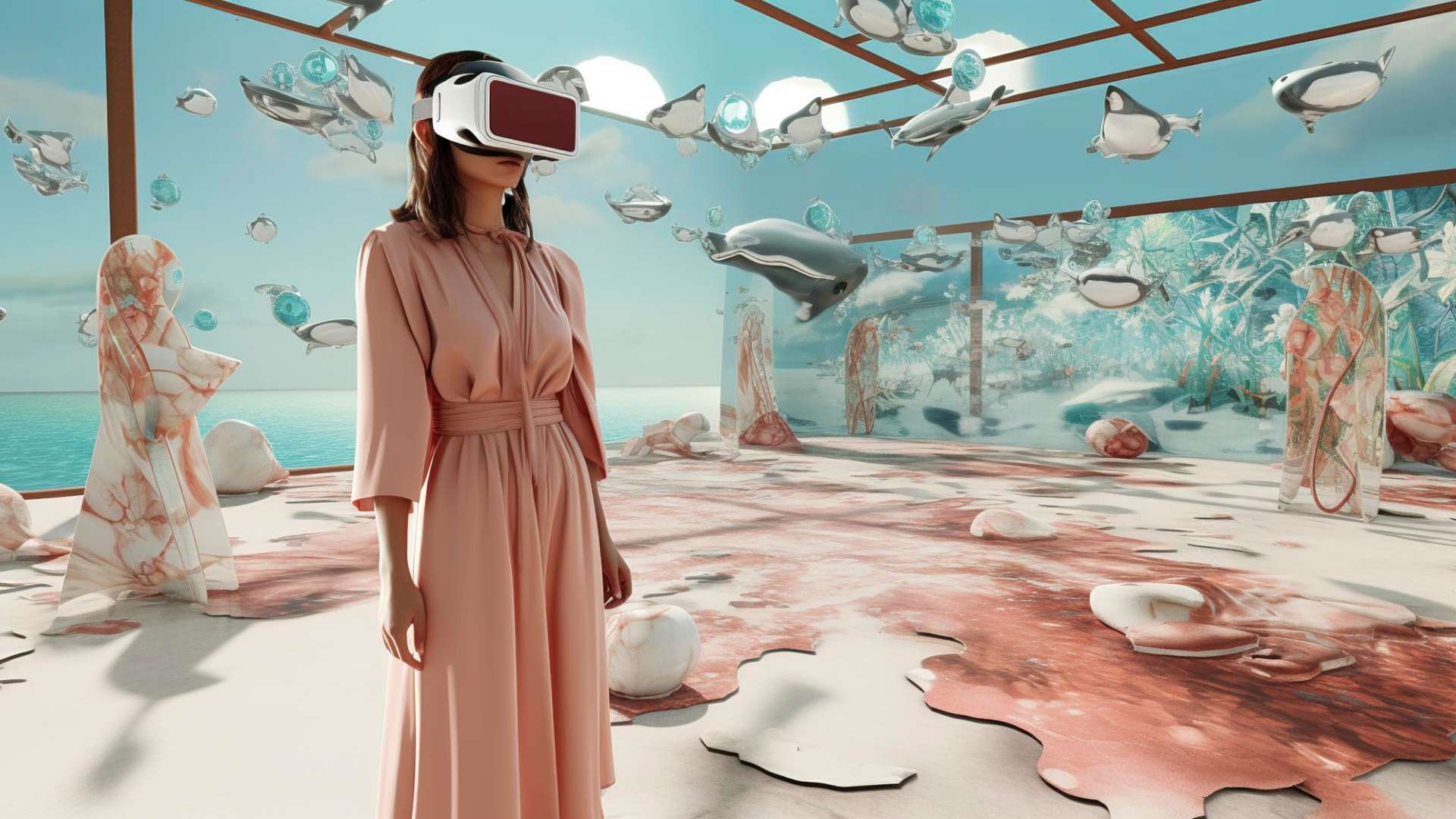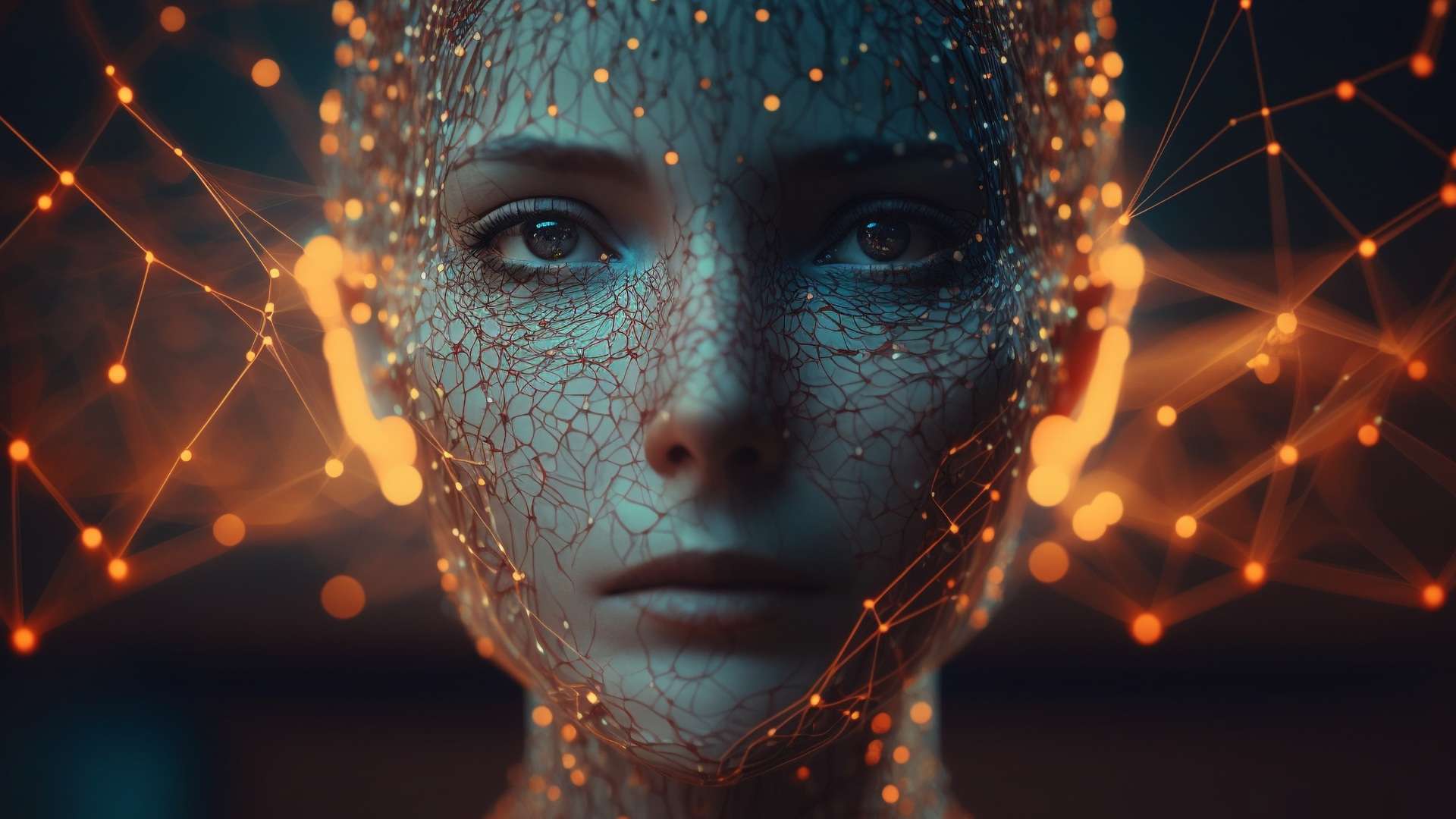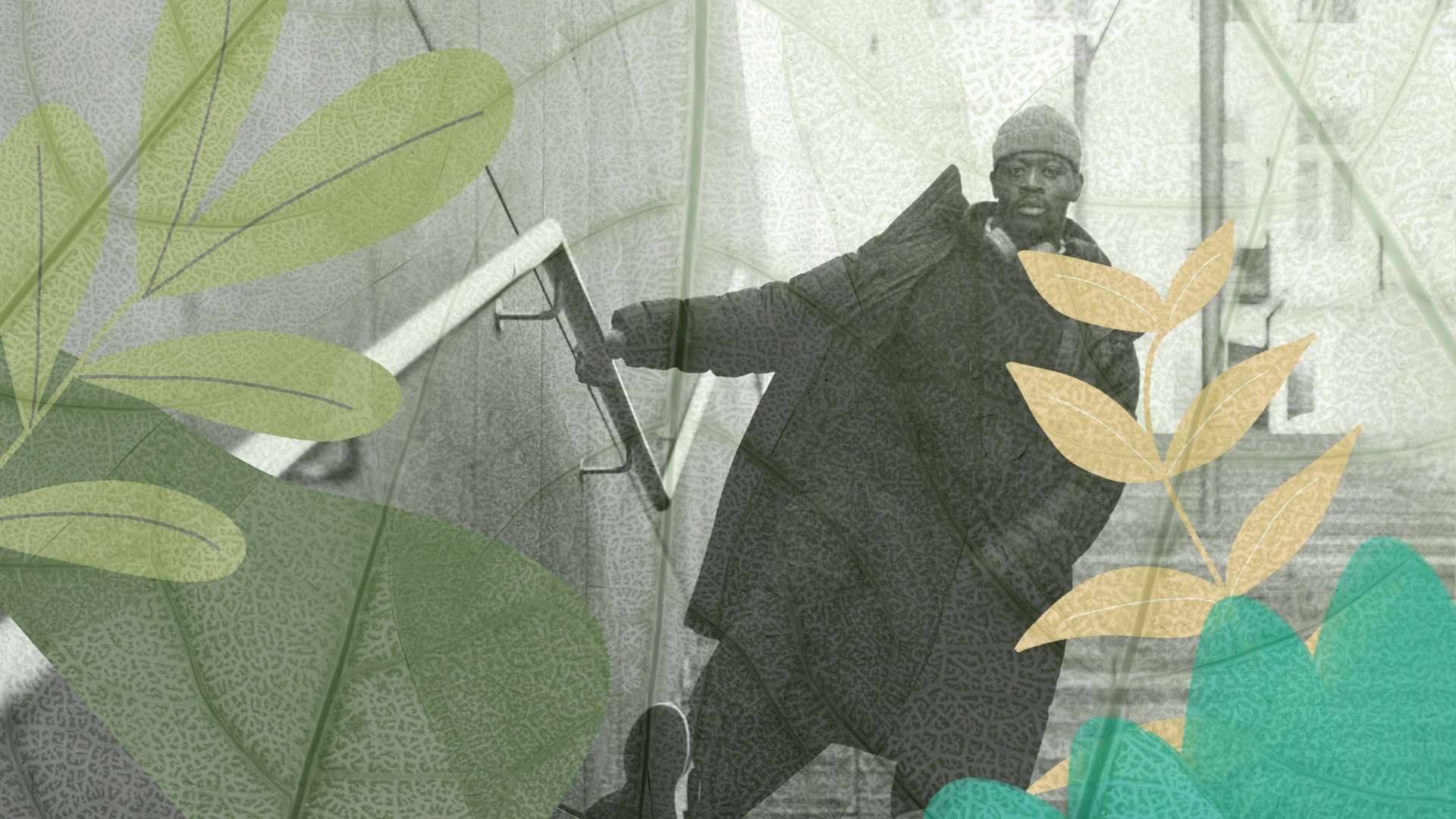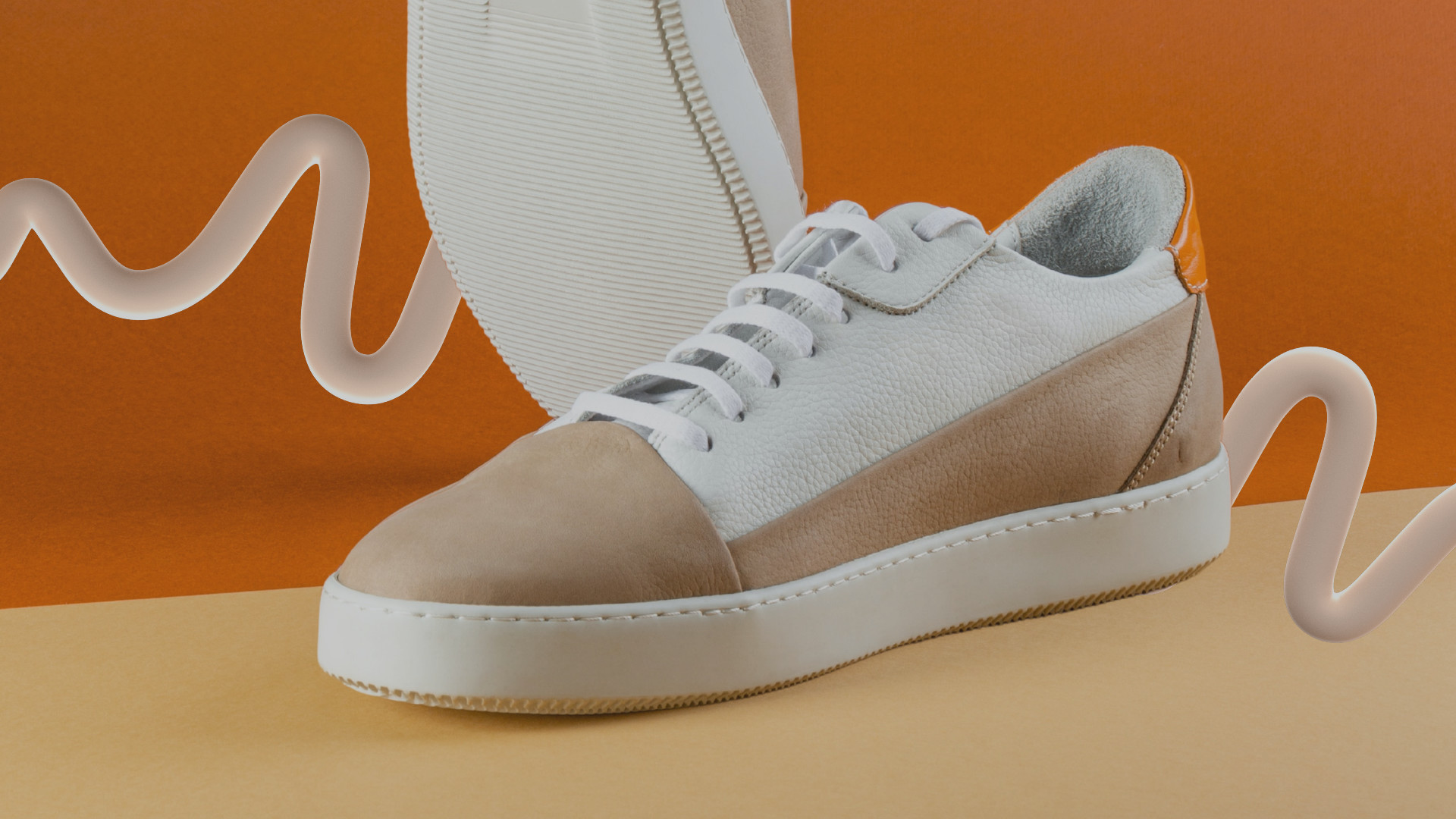
There’s a well-known saying: “You can’t be in two places at once.” True …until now.
Extended Reality – another day and another new acronym to get to know. New and emerging technologies have always been given acronyms, and virtual reality (VR), augmented reality (AR), mixed reality (MR) and extended reality (XR) are no exceptions.
So, what is extended reality? Going against every educator’s rulebook, I’d like to share the definition as per the folks at Wikipedia, since I’ve yet to find a better one. “Extended reality is a term referring to all real-and-virtual combined environments and human-machine interactions generated by computer technology and wearables. It includes representative forms such as augmented reality, augmented virtuality and virtual reality and the areas interpolated among them.”
It’s an area of great interest to me, and has been since the late ‘90s when my close friend, David Booth, then Vice President of a Manchester-based company, invented the world’s first teleportation technology. The business went on to open its international headquarters in Richardson, Texas. What was amazing for me at the time was that David and I would meet at barbeques and weekends away with our families; we both worked in other industry sectors and didn’t speak about work that much. The one thing that we had in common when it came to work was technology and computerisation. So, he invited me to come and see a new solution he was working on called Teleportec. Yes, we’ve all said it before, “Beam me up Scotty!” It was an amazing demonstration when you consider that it was around the turn of the millennium when the internet was just moving toward Web 2.0, we lived through the “Dot-com” boom and bust, and we worked on ISDN speeds of 64 Kbps to 128 Kbps.
Teleportec was previewed all around the world, including the good old BBC here in England. It was even used by then-Governor of Texas Rick Perry, who was situated in Austin while his three-dimensional, holographic image stood before a crowd seated in an auditorium at the University of Texas, in Dallas. Governor Perry began to speak, addressing the 3D image of the auditorium projected in front of him. Cameras hidden behind the image captured his every move and transmitted them to the Dallas audience via a special network connection called Internet2!
With the recent rise in interest, I’ve been playing catch up when it comes to virtual reality and doing a little research on the progress of XR and how it can be applied to the fashion sector. In order to do so, I’m going to dedicate this piece to firstly clarifying what each of these new acronyms refer to and how they differ from each other; at the same time I will attempt to develop some basic use-case scenarios to help illustrate how they might be used within the fashion sector, very soon.
It is important to note that these new and emerging technologies, in some cases, are coming from different directions and are merging to help deliver mixed results. As they continue to expand their capabilities, they can all share common inputs and outputs coming from other supporting technologies – like cameras, 2D objects, 3D objects including 3D avatars, scanned images, materials & component platforms, and other digital solutions…
PLM (Product Lifecycle Management) objects and data, AI (Artificial Intelligence) & ML (Machine Learning) are also important inputs and outputs to the ever-expanding world of XR.
So, what does all this mean to the fashion sector? Let’s examine and try to make some sense of what is happening now and what’s potentially coming soon.

360 Videos
Also know as ‘spherical videos’ or ‘immersive videos’, 360 videos are recordings where a view in multiple directions is recorded simultaneously. They can be shot using a collection of connected cameras, or using a specialist omnidirectional camera. They can be live action (cinematography or videography), animated (captured from a 3D scene), or a mix of CGI and live action. They can also be interactive, where the viewer can interact with an element using gaze or a specialist controller.
360 Videos in Fashion
360 videos can be used by designers working in RFA (Retail, Footwear & Apparel) to provide smart content to marketing or e-commerce departments in a new way. A 360 video can also be used to create 3D digital scanned assets based on multiple images taken and then stitched together; the post-production process is relatively similar to creating gaming and other digital MR ‘mixed reality’ content.
Augmented Reality (AR)
Augmented reality is essentially the overlaying of digital content on top of the real world. AR allows users to interact with both the real and digital worlds. It can be used via smartphones or, as we often see in advertisements, via headsets like Microsoft’s HoloLens.
AR can replace or alter a user’s perception of reality. Not to be confused with VR, there is a point when augmented reality and virtual reality (VR) can overlap – and this is what we refer to as mixed reality (MR).
Augmented Reality (AR) in Fashion
Much of the opportunity for AR in fashion is focused on downstream consumer interest and experiences, delivering extra information about a product and how it’s been designed and manufactured. Today, with the rising issues around sustainability concerns, AR can also be used to share upstream transparency details and allow customers to learn more about how and who made the product. The accessibility provided by AR by not completely restricting the user’s vision, along with the vast potential of untethered usage, have increased its popularity both in the upstream and downstream workflows. As 5G is rolled out across the world, we can expect to see increasing AR content coming to the fashion sector.
Mixed Reality (MR)
Mixed Reality refers to an experience that seamlessly blends the real-world environment with digitally-created content. In MR, both environments can coexist and interact with each other.
‘Mixed reality’ has been a very popular marketing term, meaning myriad definitions can be found if you go searching. Some definitions encompass AR experiences, and others VR experiences, but the above definition can be viewed as an agreed one.
Mixed Reality (‘MR’) in Fashion
While MR offers many design challenges, and greater connectivity to obtain the latest graphical content coming from 2D & 3D design solutions, PLM, material platforms and DAM solutions, there is a tremendous opportunity to bring a diversity of experiences to the consumer, and creative and product development teams through MR. What we need is more content coming from a broad range of connected technology solutions that can reach and serve both upstream and downstream users.
Training and Education
We need to bring business best-practices into the retail, brand and manufacturing extended supply chains. We need to extend education for the next generation (via all educational facilities) by introducing new immersive technologies (like NC cutting, spreading machines, and digital printers – all with massive footprints into the lecture theatres), and sharing best-practice methods that are becoming more advanced and complicated and of course out of reach for many.
This XR approach to education could help accelerate learning and awareness of established and future technologies operating across the extended supply chains. Best-practice business methods, technology adoption and training for new on-boarders could certainly take advantage of XR, avoiding the need for expensive travel. And let’s not forget the cost of delays in adoption when using existing travel by experts coming from outside or within the organisation to share and educate teams from around the world.

Guided learning and customer experiences are one of the many opportunities that are now taking off in our industry, with other industry sectors (the liked of Aerospace & Automotive) already leading the charge by using XR. Each sector is using VR/AR for many different things with many still in the experimental stages. It’s been reported that Boeing have made large savings linked to best-practice wiring and improved inspection. These enterprise companies (including many of the world’s largest retailers and brands) are well positioned to conduct POC (Proof of Concept) and trails. For the fashion sector, we could bring XR experts into the business to support the innovations team, Chief Digital Officer, or Chief Technical Officer to help define potential use-cases and to test XR hardware and software solutions linked to real ROI (Return On Investment) for specific challenges.
We need to educate the industry on the value of XR as it might apply to the fashion sector and this needs to be done in a very simple and easy to understand way. This might involve the development of video tutorials that explain what XR means (including the many acronyms listed above), the supporting hardware that’s linked to PCs or can be used with portable devices. It could also involve what’s coming soon in terms of new developments and software that will change the way we will use XR, including enabling technologies like 5G that will accelerate the use and adoption of XR.
It’s still very early days in the world of XR and we can certainly expect some friction. Just like all the technology introductions that have gone before, it will take time before new XR becomes part of the mainstream solution stack in our business sector. The burning question is whether XR solutions can help solve business problems across the enterprise and whether they help to deliver bottom line value for the fashion industry?
Real Opportunities
Once we get beyond the newness and excitement of playing with the latest devices (virtual mirrors, cameras, PC-based tethered headsets etc.) and supporting software solutions, then it turns to how we might use XR to deliver new, untried opportunities that give real benefits to a business, it’s partners and ultimately it’s consumers.
Different segments of the fashion industry and different employees will require different solutions to support their day jobs; there is no one XR solution to suit everybody. One of the biggest questions is how will we use XR as part of the end-to-end business workflow?
Interestingly, you can find lots of research on enterprise businesses that are already using XR extensively to give them a competitive advantage. The automotive industry is one that has reduced the time it takes to bring a car from concept to build by several years, making XR a real game changer. Hopefully the business world will showcase these stories so that other sectors, including fashion, can learn and replicate.
An interesting case coming from the medical world has shown that XR is allowing massive improvements (around 60-70%) in the training of doctors, technicians and surgeons with education retention being a major benefit. Having researched the findings, I’d now much rather be operated on by someone that’s been trained using XR than by conventional training methods. The results are overwhelmingly positive.
Just like with PLM, XR technology platforms are becoming more available and less expensive to smaller businesses, meaning that fashion can work together with these platform providers to learn and test new use-cases. The power to rapidly practice, share and learn new skills around the world is unique to XR as it brings teams together just like a conference call, but now with you being face to face! Just like it was for Governor Rick Parry in 2001, but this time around there are no hidden cameras and special mirrors involved and, just like with our latest TVs, it’s available in high-resolution!
Riding the XR Train
When’s the time to hop on board the XR train? Right now, before you find it’s left the station. Smart-thinking fashion companies like Walmart, KFC, UPS, Boeing, and Amazon are already taking advantage of VR for a variety of use-cases, including training their employees.

With more technologies coming to the fashion sector, and the added complexity of collaboration, the need for XR is far greater. Today, many of our traditional fashion retailers and brands are no longer purely making products – in fact many of these businesses are technology companies that are constantly innovating, using smart technologies to stay ahead of the game, making XR an important piece of their technology eco-systems.
Retailers and brands that have very close ties to their supply chain partners, or who own factories, are constantly looking at ways to improve design and development, method engineering, method study, to improve quality and reduce cost, to improve human resource training, sustainability and on-boarding – all perfect example use-cases for XR.
Starting an XR Project
So, how do you start an XR project? I would recommend that you should start by partnering with an expert team and then working together to define some simple use-cases. Followed this with a small pilot with clear milestone objectives and test the theory with your XR partner provider. This way you can avoid the hard and sometimes costly lessons, getting to the value that much faster.
One thing is for certain: XR is no longer a “nice to have” solution. Like many other innovations that have come and gone before it, it is here to stay and is what WhichPLM would consider to be one of the “must have” solutions for any smart thinking retailers, brands, or manufacturers and their partners. It’s also worth noting that POCs (proof of concepts) and pilots will be enhanced by the interaction of other supporting platforms (the likes of 2D, 3D, DAM, PLM, A.I. and Analytics) that, together, will help deliver new opportunities and ROI benefits across the extended value chain.
Beyond XR partners, does a business need an XR champion?
The answer is simple: like all technology adoption the business will need someone to get behind XR, whether that’s the CIO (Chief Information Officer), the CDO (Chief Digital Officer) or perhaps the 3D enthusiast that wants to take innovation to the next level? There’s always going to be a customer in your business that wants to work on new and exciting innovations who will help to champion XR in the business. We need to look for a user to be the advocate of change supported by the rest of the business’ C-level managers as part of the business strategy for continuous innovation. We need strong process champions that fully understand both the current process methods and who knows how to implement and measure future processes using new solutions.
Cost of entry into the world of XR is very low when compared to other traditional technology solutions and services. There are many tools that a business can leverage today. Anyone starting out with XR should, as mentioned above, work with a team of proven experts that can help them avoid the pitfalls that come from choosing the wrong hardware or software solutions or simply going down blind alleys. You need to be extra careful and select simple use-case scenarios that you can deliver and that can be added to over time. XR is not a standalone solution and might work best for a business when it’s bundled together with another software or hardware solution – take, for example, 2D, 3D, DAM, PLM, a Materials Platform, physical sampling and fitting, method & work study.
I’ve recently had the opportunity to work with two XR expert teams and I’m very pleased to announce that we are working together to help answer some of the questions and opportunities that I’ve raised in this article, including the latest hardware and software developments that are taking place right now and that will help to change the landscape of XR in the near and mid-future.
The introduction of XR takes me back to when we introduced the first PCs in fashion in the late ‘70s and how they’ve developed with new, more powerful hardware, connected devices, shared data, internet advances, handheld computers, and countless apps. We can expect XR to follow a similar path, but this time much, much faster based upon the ubiquitous use of computers …be they in our hands or on our faces!
In the words of Captain Kirk, “Beam me up, Scotty.”




